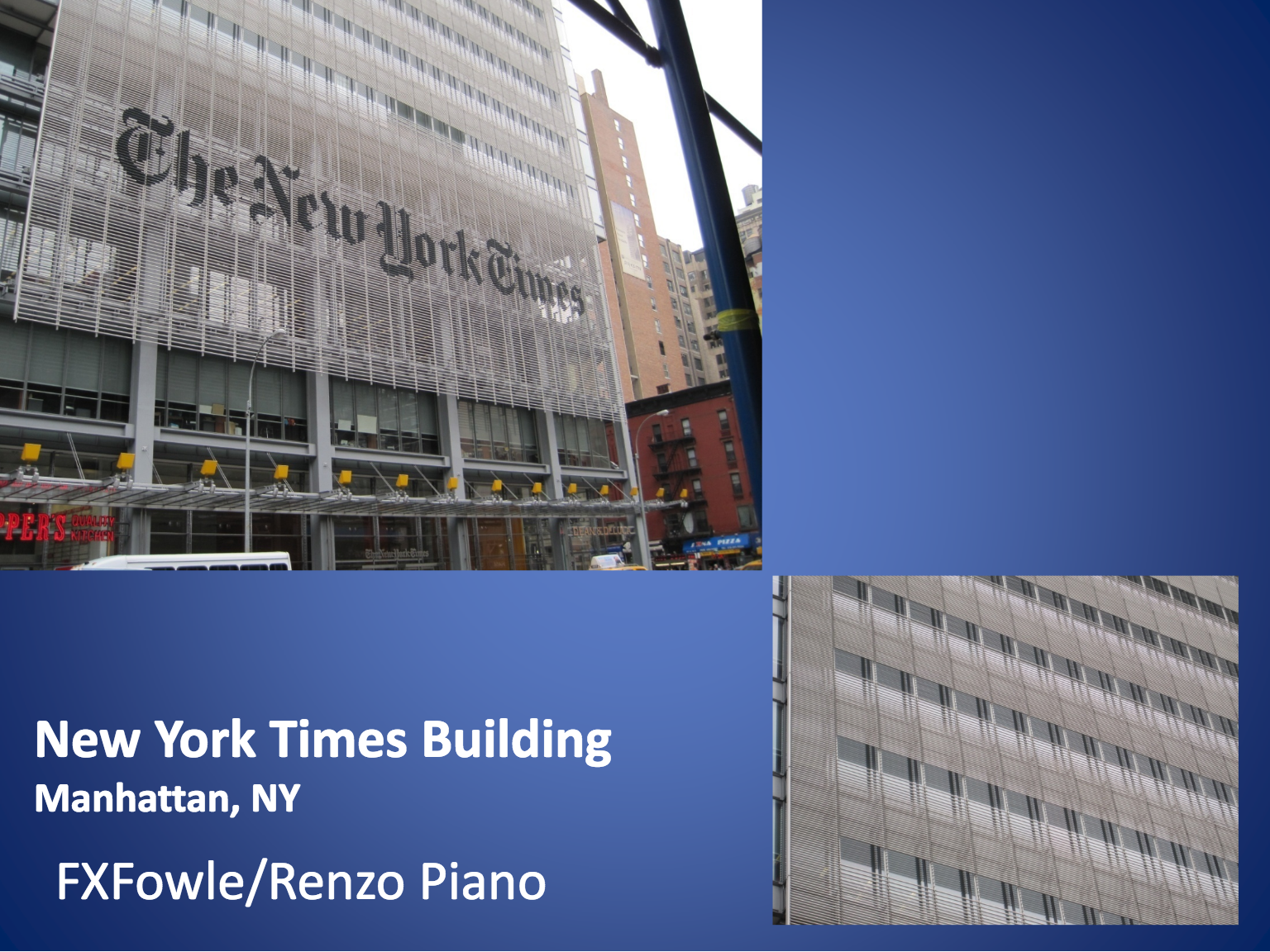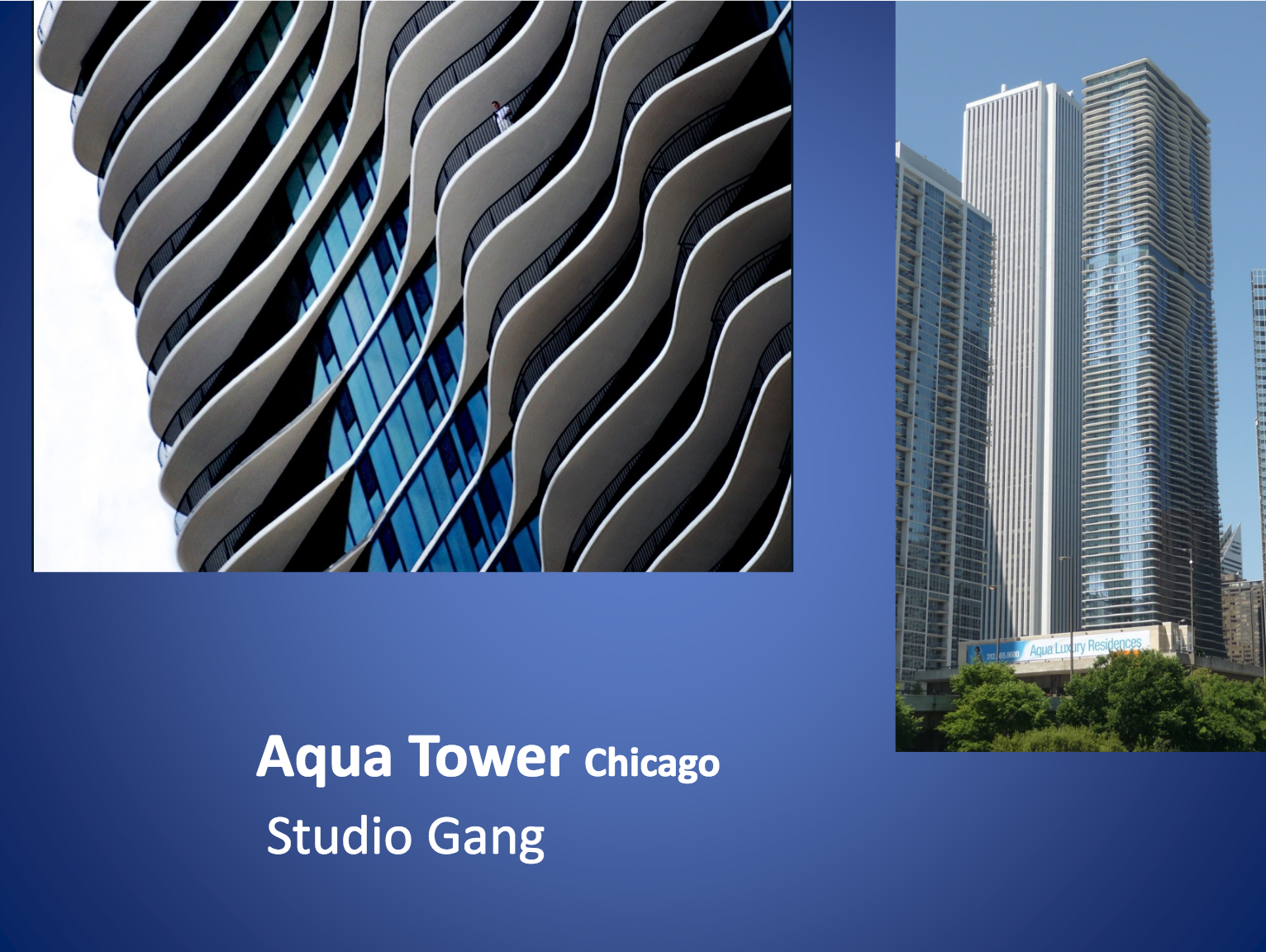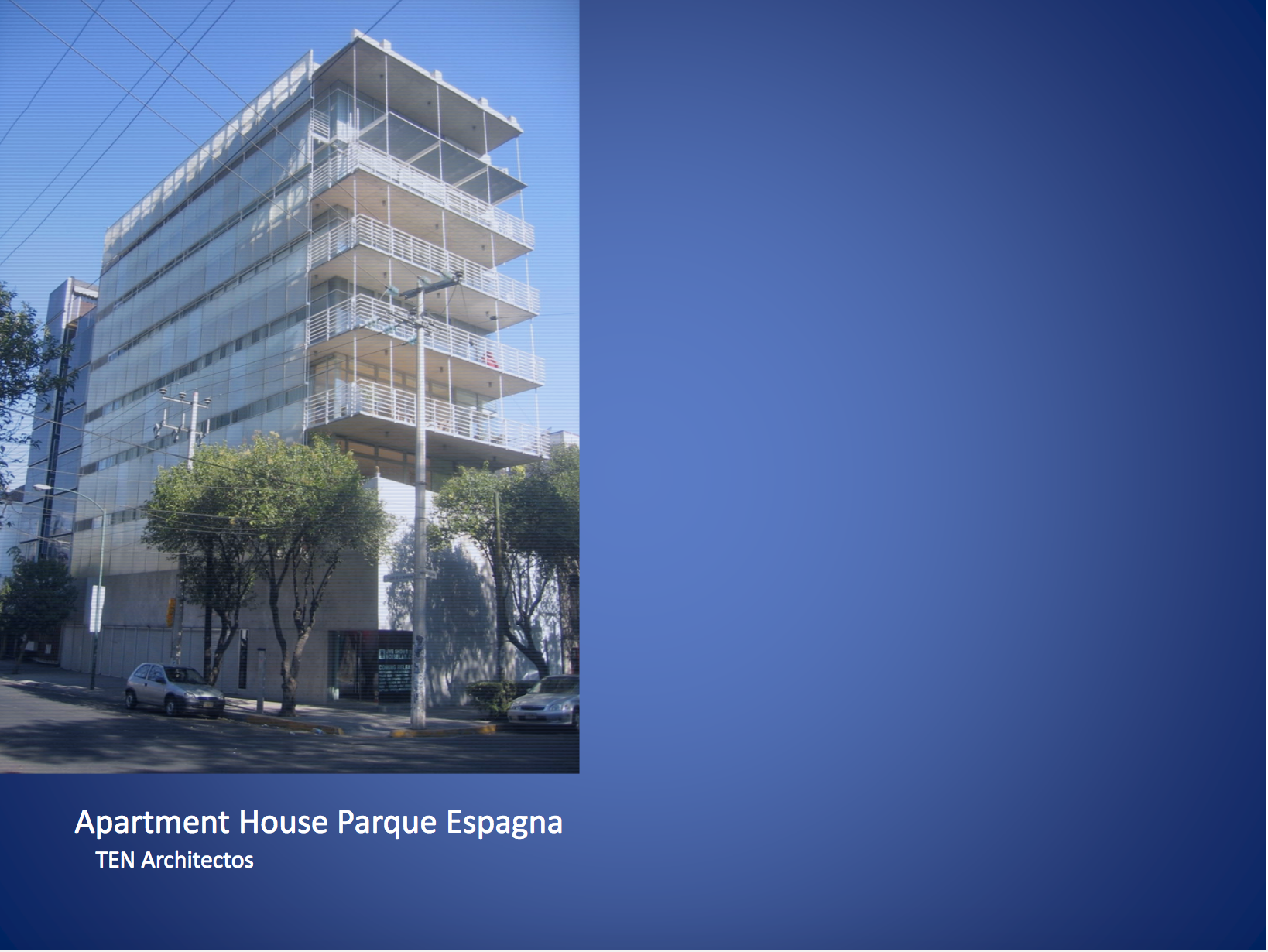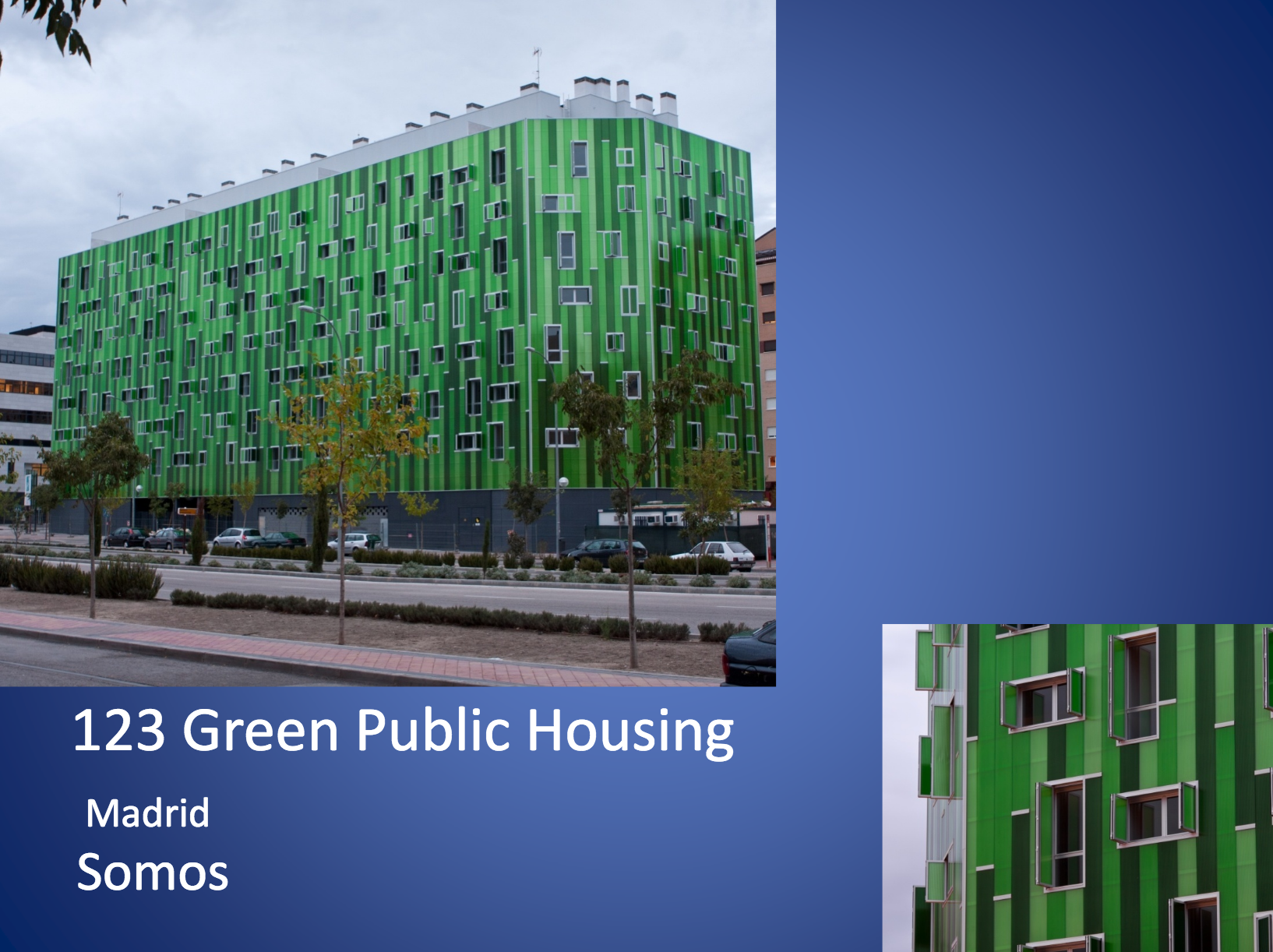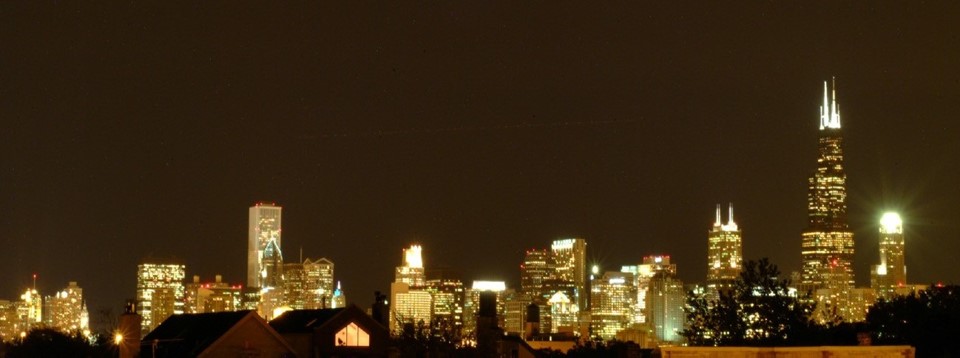Fritted glass prevents bird strikes at the Intuit Building 20, Mountainview, CA. pc: Curbed San Francisco
Solutions
Can collisions and bird mortality be reduced?
Many collisions can be prevented in both new and existing structures by incorporating bird-friendly design and appropriate lighting and landscaping.
What are some effective ways to make buildings bird-friendly?
Architectural design can be adjusted, so that glass windows are smaller openings in a visible façade, rather than the entire surface of a building.
Glass can receive treatments that provide visible patterns that birds can see and avoid - ceramic frit, acid etching, window films, etc.
External screens or sun shades directly in front of glass can be used to make a buffer between birds and windows.
Exterior lighting can be eliminated, reduced, shielded or equipped with timers.
Interior lighting can be adjusted in the evening and early morning hours (when birds are most active) by drawing shades, installing motion detection or station lighting in order to limit the amount of light that emanates from a building – dangerously attracting birds.
Is there any evidence that these measures will have a real impact?
A combination of scientific research, product testing, and post-occupancy evaluation of buildings incorporating bird-friendly features demonstrate the effectiveness of these measures.
Among the measures that have been shown not to work are widely-spaced decals (e.g., hawk or owl silhouettes) which do not cover sufficient surface area to deter a bird from an entire glass surface or to which birds become habituated. (Glass patterning needs to have gaps no larger thatn 2” by 4” to deter birds.)
What is Chicago already doing?
Chicago was the first U.S. city to have a “Lights Out” program which for almost two decades has encouraged building managers to turn off exterior and interior lighting after 11 p.m. during the migration seasons.
Chicago has led the country with the largest bird collision monitoring project in the nation–Chicago Bird Collision Monitors—that for more than 20 years has documented thousands of birds every year that have been killed or injured by window collisions in downtown and surrounding areas.
The Chicago Department of Planning and Development introduced voluntary credits for incorporating bird safety into building design and operation in its 2017 Chicago Sustainable Development Policy.
In 2008, Cook County adopted a bird-friendly requirement for all new construction and major renovation projects in County-owned buildings.
Universities in our area—Northwestern, Loyola, University of Chicago, and Northeastern Illinois—are embracing bird safety as part of sustainability plans for new and retrofitted buildings on their campuses.
Have a problem window?
There are many attractive new products that can help you make your windows safe for birds. These two partner organizations maintain current product lists with links:
Chicago Bird Collision Monitors
American Bird Conservancy
The US Fish and Wildlife Service has an excellent best practices guide to reducing bird collisions, with thorough explanations and a bibliography.
Bird-friendly glass has UV designs that barely register with humans but are fully visible to birds; it can solve the problem of transparency, although it does create reflections. It reduces bird collisions at Rosewood Beach in Highland Park. PC: Stacey Wescott / Chicago Tribune
Bird-friendly buildings avoid expanses of transparent or reflective glass. A variety of different styles and uses are show in these slides prepared by the American Bird Conservancy. See their website for case studies.
Chicago skyline before and after 11 pm on the same night, showing the reduction in decorative exterior lighting. pc: Eric Fogleman
Many cities, counties, states, developers, universities, museums, and other institutions recognize the need for bird friendly architecture. Thanks to the creativity of their architects, there are many examples of bird friendly building design out there on the landscape. This downloadable booklet by the American Bird Conservancy has principles and examples.
What are other cities and states doing?
Other cities and states have passed ordinances or laws mandating bird-friendly building design:
San Francisco, Standards for Bird-Safe Buildings, 2011
Toronto, Bird-Friendly Development Guidelines (2007), Best Practices, Glass (2016), and Best Practices for Effective Lighting (2016)
Oakland, California (ordinance similar to San Francisco’s), 2013
State of Minnesota, adopted LEED “Reducing Bird Collisions” program, 2013
San Jose, California, Riparian Corridor Protection and Bird-Safe Design, 2016
What does Chicago need to do to solve the problem of collisions?
The solution is to require bird-friendly building design as a standard in Chicago.
Why should we be worried about birds when we can’t even provide affordable housing for many of our citizens? Aren’t there more important priorities?
Bird-friendly building design need not come at the expense of other social or infrastructure investments. The City of Chicago already has a long list of sustainability criteria with which new construction and substantial renovation projects must comply. Bird-friendly building design would be implemented in the same way: it would be another element of sustainable design required of development in Chicago. Many bird-friendly design features also provide energy and cost savings in building operations, and protecting birds is important to a healthy environment that all citizens depend on.


